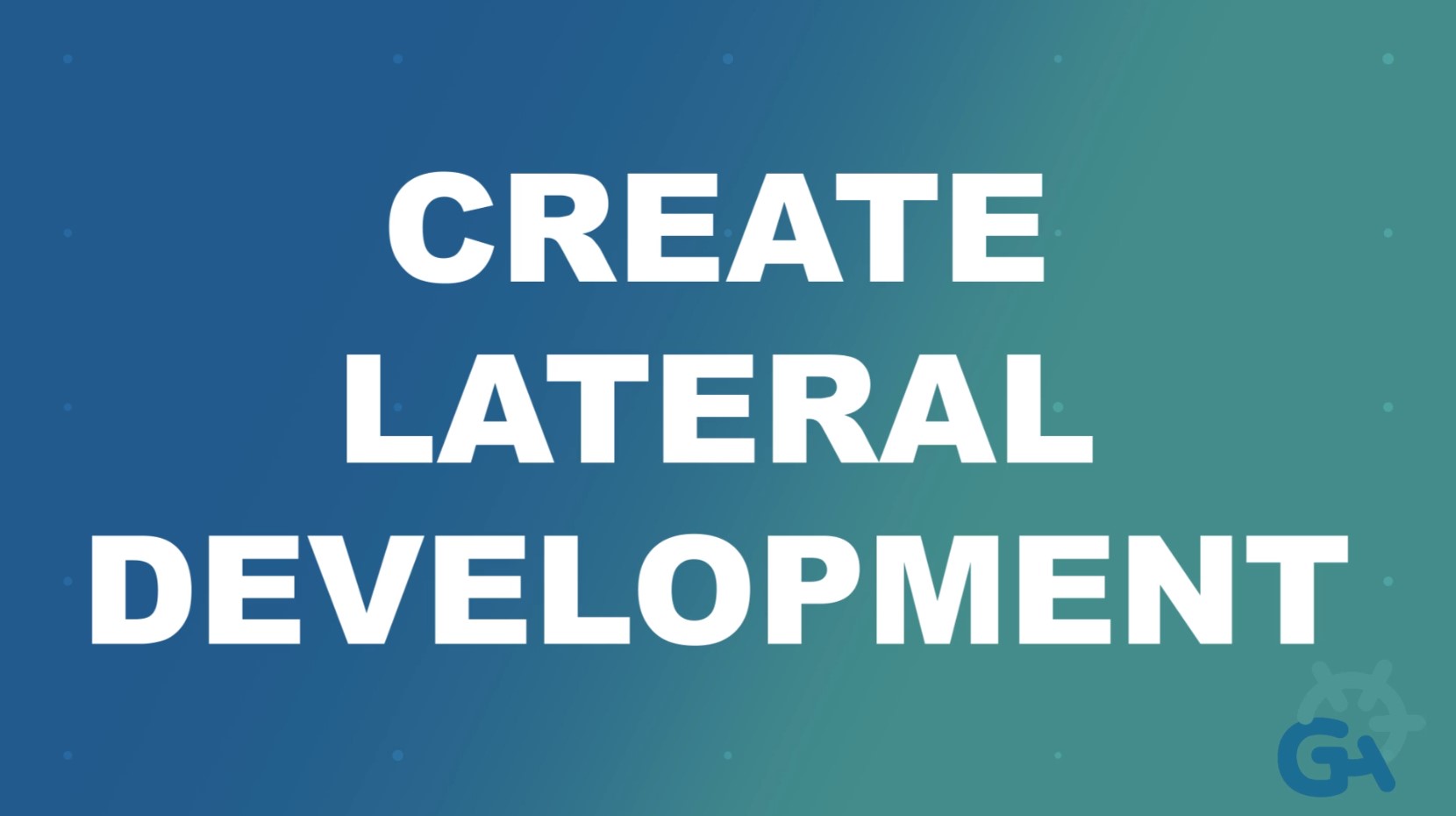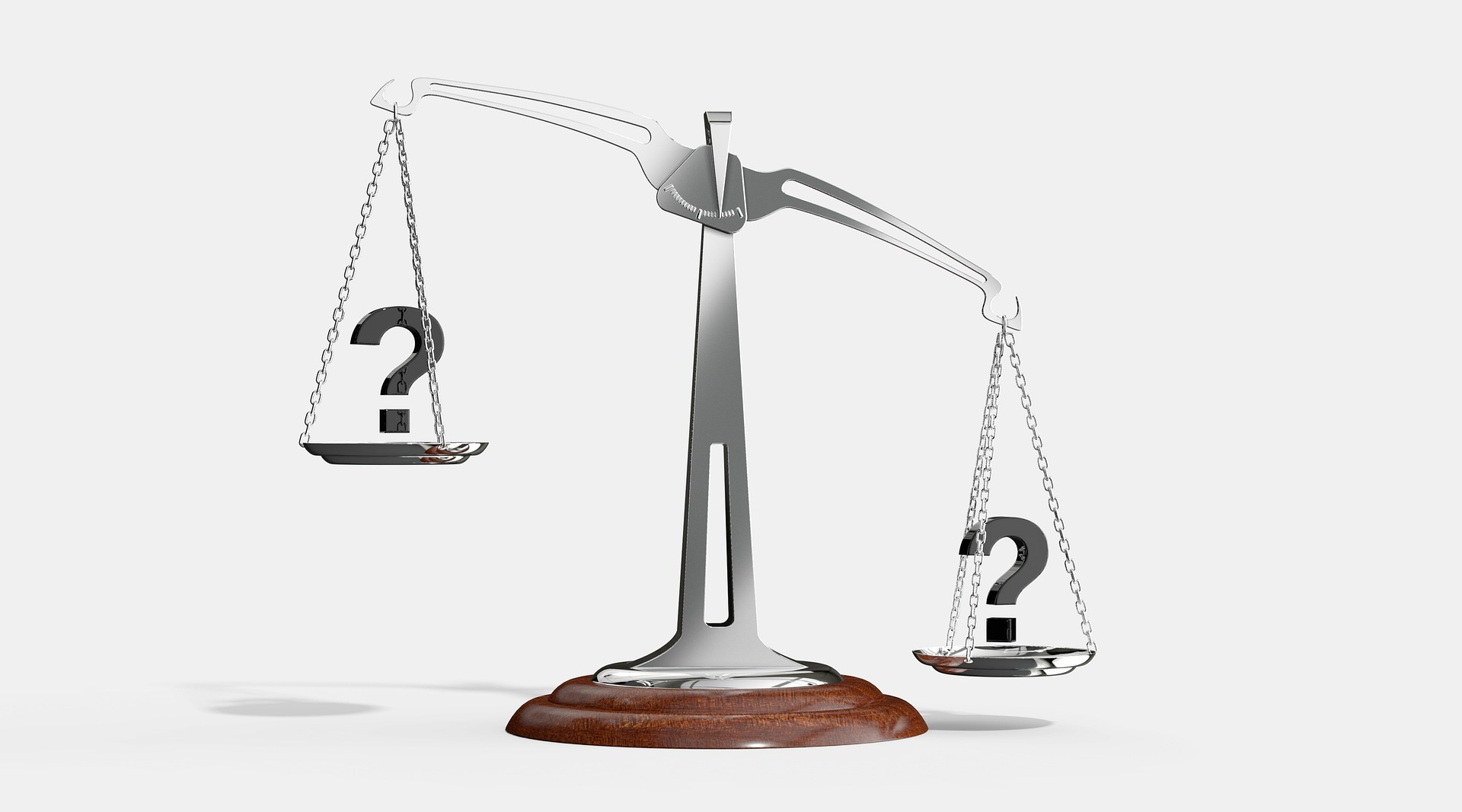
Changing Culture Isn’t Easy – but it’s Not THAT Complicated
Despite intense, often haughty agreement among HR and business executives about the importance of workplace culture, advocates enjoy surprisingly little commonality and precision in defining what it actually is. “Collections of values and practices,” “a definition of the proper way to behave,” and “underlying ways of interacting” represent but a few of the many gravitas-rich, specificity-poor phrases bandied about on the subject. From the discussion, heavy on form but light on substance, one might conclude that culture functions a bit like the weather: impacting everyone, influencing everything, and permeating the workplace ubiquitously and from a great height.
The weather, of course, isn’t something you change. You can accept it, enjoy it, brace for it, or shelter from it – but you can’t do much else. Sadly, that’s how many employees, managers, and even leaders think about company culture – as something to be recognized, handled, and possibly complained about – and that’s about it. Real discussions about how to change it happen only in the stratosphere, and only in the most vague and buzzwordy terms.
Edgar Schein of MIT Sloan, often credited with inventing the term, gave us a significantly less nebulous and more actionable definition of organizational culture. He called it
A pattern of shared basic assumptions that the group learned as it solved its problems… that has worked well enough to be considered valid and therefore to be taught to new members as the correct way to perceive, think, and feel in relation to those problems. (1)
In other words, “we” in the organization – whether us personally or the “we” before we got here – faced challenges in the past and found ways to overcome them. Having thus helped us succeed, the behaviors underlying those solutions became embedded into a set of unconscious assumptions about the way we work and the way the world works with us, all of which we model to each other in our daily interactions.
[[RELATED VIDEO: Creating Culture Changers]]
Taking this a step further, combining Schein’s work with the cultural framework research of Fons Trompenaars (2), a picture emerges of culture in this moment as the observable manifestation of those underlying assumptions, processed through the creation first of norms defining what is good and what is bad, and then of values regarding what is right and what is wrong. The result takes the form of observable and measurable artifacts – things that happen in real life as a result of that underlying structure, adopted long ago perhaps by accident and now driving current behavior in a tangible way.
Imagine Company A, a business with a culture of “highly effective meetings.” How did that come to be? Perhaps some time ago it was discovered in the organization that results were improved (survival guaranteed) when meetings were well structured. By carrying that assumption forward, the team created a set of norms suggesting that it is good to use group time wisely, and bad to waste it. This led to values around how to run a meeting, with employees being rewarded for having crisp agendas or chastised for calling people together with no plan. Ultimately, this led up to a clear artifact: if you walk the halls and insert yourself into various meetings, you will notice that every single one employs a detailed, written agenda.
This allows us to think of culture less like weather descending upon us as we walk down the street, and more like our own habits driving our behavior. Do we swing our arms as we walk? Smoke a cigarette? Our habits do influence us in ways difficult to immediately control. But, we also work on them, and can change them.
Actually, we’re always working on and changing them. As today’s team members work on today’s problems, their solutions can’t help but become tomorrow’s culture. So there’s no magic needed to “get people to work on the culture” – they’re already doing that. All that’s needed to make an improvement is to pay attention to what people are actually doing.
Imagine Company B, culturally the opposite of Company A when it comes to meetings. Here, most employees languish in unstructured meetings consuming too much time. Trying to change that culture by adjusting peoples’ assumptions is futile: no doubt people already complain of the problem in the abstract and to little avail. Imagine instead giving a few teams of coworkers a template for crafting better meeting agendas and having them agree to try the new approach out for five meetings. Even with no requirement beyond meeting #5, if the template helps, the teams will naturally keep using it. And at least some members will bring it over to other meetings they attend. Before long, the template is considered the right one to use, then a fundamentally good thing, and finally the whole idea of using agendas has faded into a background assumption. (“Of course we use the template in this meeting – why wouldn’t we?”) Company B’s culture around meetings now looks a lot more like Company A’s.
[[RELATED VIDEO: Turbo-Charge Your Meetings]]
In culture change, artifacts or behaviors come first. The same people who can’t identify or won’t budge on their core assumptions will readily welcome a new tool or technique that makes life easier. If this replaces an older approach, the cycle has begun, and today’s solution starts embedding itself into the shared behavioral patterns that become tomorrow’s culture.
Culture, and culture change, need be neither nebulous nor far-removed. As you walk across the street, you can’t change the weather but you can change your habits. At work, you can’t change assumptions but you can change your actions. If you or your team is feeling the need for shared behavioral change, you can quit worrying about the highfalutin language of culture and just start doing some useful things. Choose well and culture may just take care of itself.
—
This article was excerpted from “Culture: How to Define it and How to Change it,” a Group Harmonics Industry Intelligence whitepaper. Visit the archive for the full version, as well as other whitepapers and case studies about changing management culture and norms.
(Originally published on LinkedIn.)
References:
- Edgar Schein, Organizational Culture and Leadership
- Fons Trompenaars, Riding the Waves of Culture
- FAQ: “Typical North American Management” - May 22, 2024
- Meet for a Reason (C-Suite TV) - April 29, 2024
- Don’t Be Fooled: Bigger Doesn’t Equal Slower – Letters to Leaders - April 15, 2024








